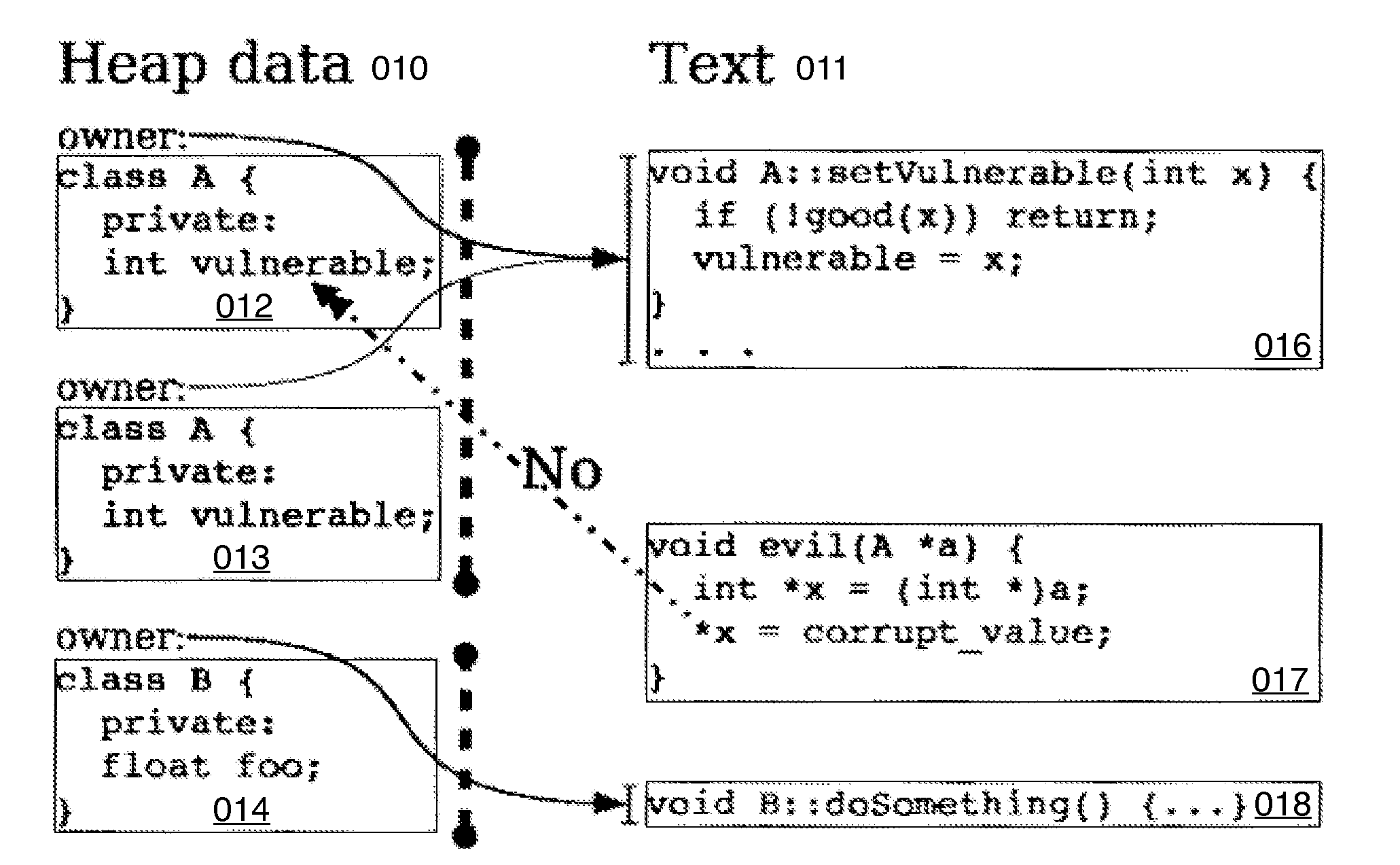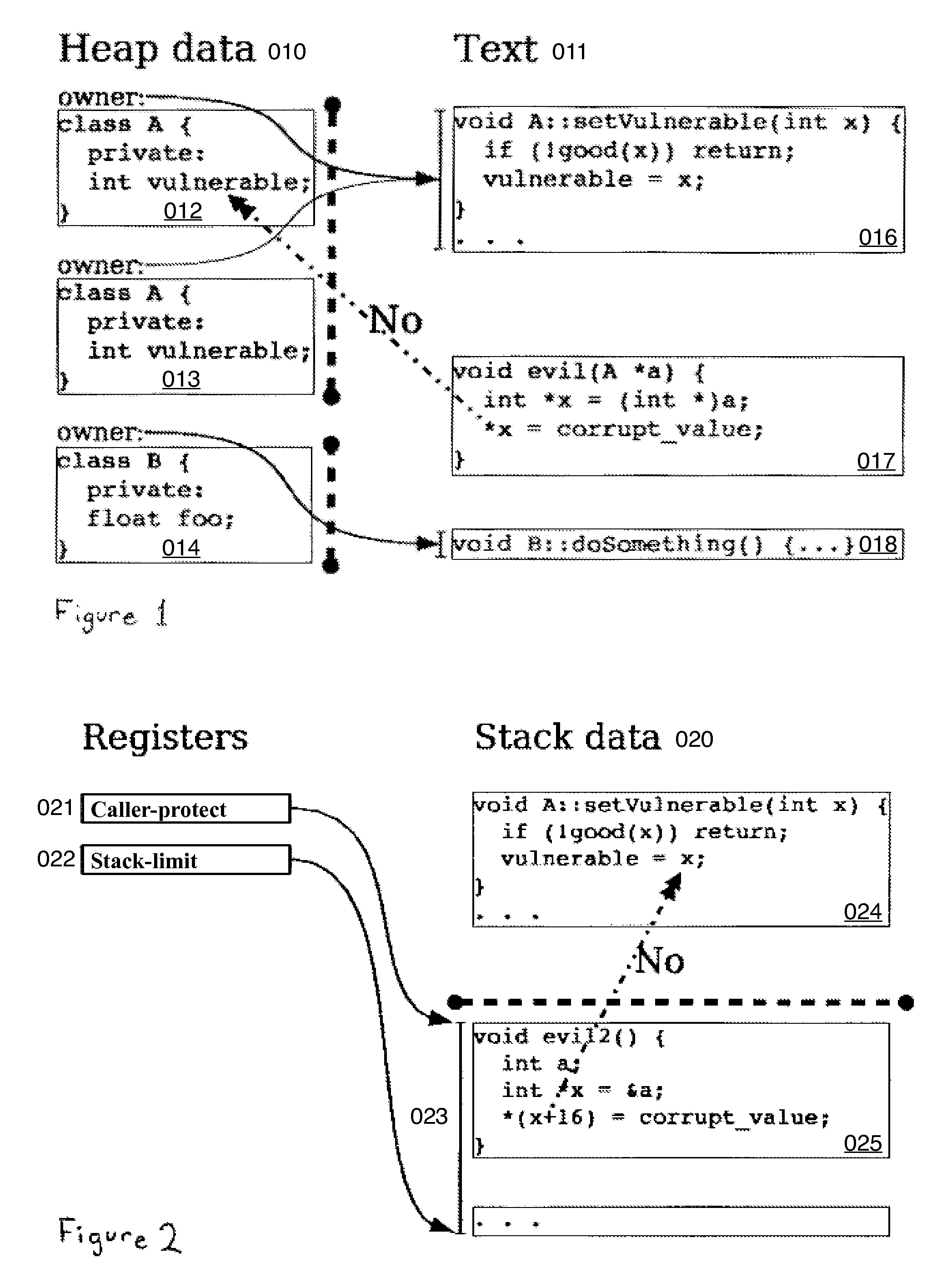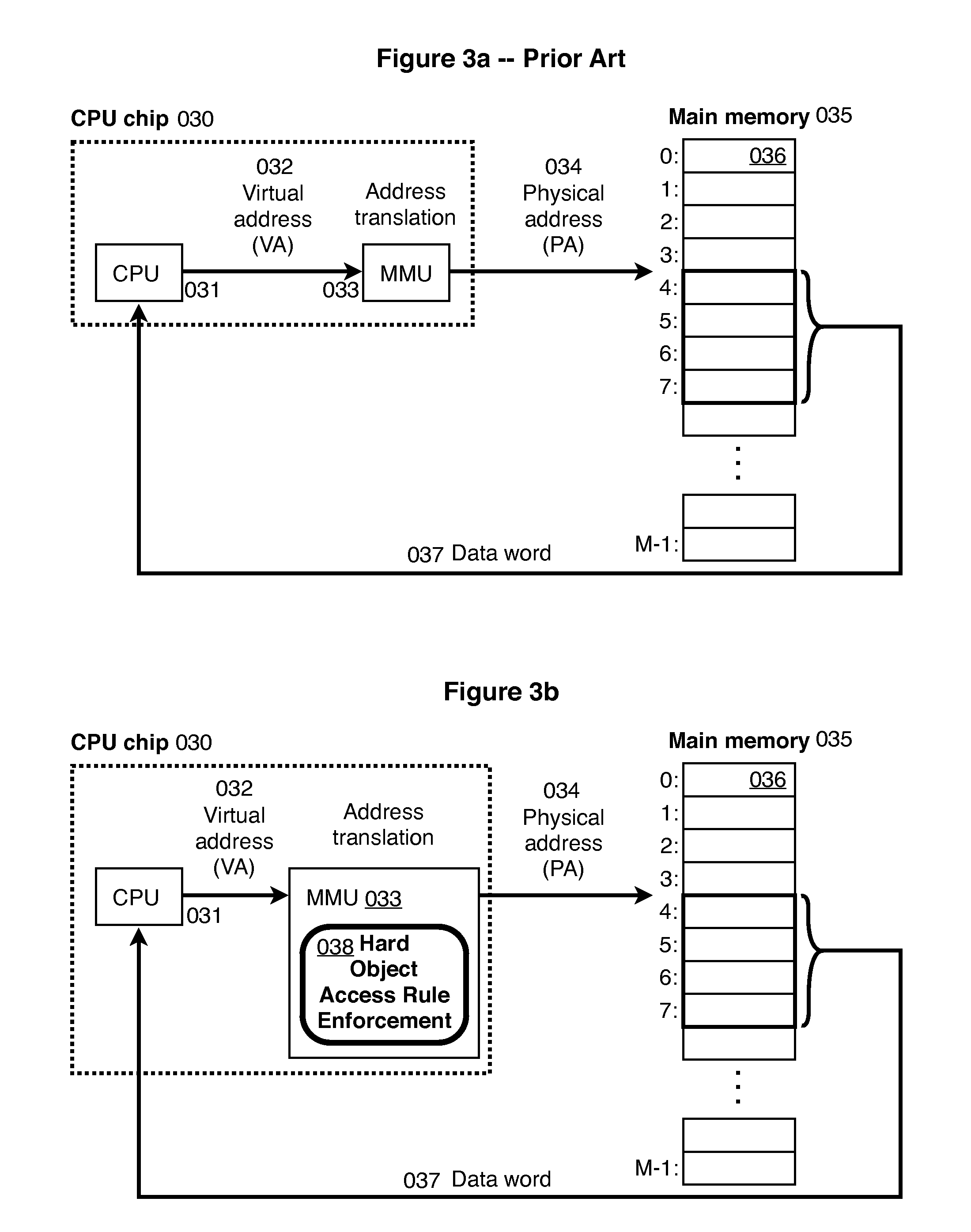Although software engineers separate programs into modules (code that exclusively maintains the invariants of its data), they lack appropriate fine-grain hardware primitives with which to efficiently implement
enforcement of this separation.
This state of affairs contributes to the problem that “machines made of software” (programs) tend to be much less reliable than machines made of atoms.
The punishing exactitude and overwhelming complexity of computer programs make the task of writing correct software almost impossible.
The problem is that one can never do enough testing to ensure program
correctness—something else is badly wanted.
Therefore all modules are vulnerable to the
threat of a single mistake, or a deliberate
attack, from any one module: the correctness of the whole program is extremely brittle.
Even when all of the authors of a program are cooperating, even basic partial correctness properties of a program are hard to ensure.
Writing and maintaining programs at the low abstraction level of these very small steps tends to be tedious, error prone, and mind-numbing.
For simple programs, there may not be much to do, but some programs link in other modules at runtime, and so this process can be complex in that case.
A problem arises in that there is sometimes not enough physical memory to store all of the data of all of the running processes.
Another problem arises in that if all of these application processes use the same RAM it is difficult for them to cooperate in such a way as to not write on each other's data.
Nor should it be allowed to read or modify any of the code and data structures in the kernel.
However, it is not allowed to access VP 2.If an instruction violates these permissions, then the CPU triggers a general protection fault that transfers control to an exception handler in the kernel.
While such a
system does annotate an entire area of memory as non-
executable, it does not allow (1) modification of the operation of only specific kinds of instructions, nor (2) modification of the operation of instructions while they continue to operate.
The difference between static calls and dynamic calls is important as dynamic calls can be quite difficult for a
programmer to constrain.
These actions are “dangerous”: they can only be performed in kernel mode.
However two different user modules within the same program, and therefore the same
virtual address space, are not protected from one another.
Further, this restriction to a small number, such as four, is pervasive throughout the design—for example, each
privilege level has its own stack—and so generalizing the design by increasing the number of privilege levels seems infeasible.
Considering the above quotes, it seems that it must be the case that changing a protection key register requires a
system call; unfortunately we cannot find a direct quote in the
documentation that states this explicitly, but without this requirement protection keys would not “enforce protection” [emphasis added] of data.
Most software tends to exhibit a property where most of the computation time is spent in an “
inner loop”; therefore introducing a
delay in that
inner loop can easily change the performance of the software by an
order of magnitude.
Should an
inner loop of a program cross a module boundary (1) a Hard
Object system would still be performant, whereas (2) a system attempting
modularity separation using Intel Itanium protection keys could easily lose an
order of magnitude in performance due to the cost within the inner loop of the system calls or
fault handling required to change either (a) the protection key registers or (b) the protection keys on the data pages being accessed.
The Mondriaan scheme does not provide any specific efficient means to perform this swapping.
However the Mondriaan mechanism for performing a function call across domains requires the use of a heavyweight mechanism they call “call gates” to pass information from one
protection domain to another; it seems that in the Mondriaan design, data cannot even be simply passed on the stack as is traditional and fast in both prior art systems and the Hard
Object system.
U.S. Pat. No. 4,434,464 Suzuki, et al. seems to associate program regions with memory regions and then seems to change access permissions on transition through a jump table when crossing module boundaries; however they require
indirection through a jump table rather than allowing direct function calls and they do not seem to supply a method for protecting stack data requiring calling only trusted modules or using separate stacks; in contrast, Hard Object allows direct function calls and protects the stack temporaries of the caller from untrusted callees.
Unfortunately both of these usages seem to be established conventions.
Note that we have factored out this aspect of the design ensuring meta-data unambiguity from all of the other figures and from the rest of the discussion because to include it explicitly everywhere it applies would create undue complexity of text and figures without providing any additional understanding.
The return address used by the return instruction is placed on the stack by the call instruction of the caller; residing on the stack, the return address is vulnerable to being overwritten, thus disrupting the correct operation of call and return.
It is usual for the system allocator to request pages from the kernel, but in an
operating system written for Hard Object, there may no longer be a useful distinction between these two.
Further, whenever a thread / process is suspended these registers should be saved and when resumed they should be restored, as is usual with other registers; we envision that to do this such a scheduler would need access to code having the danger bit 065 as writing these registers is a dangerous operation.
Note that Hard Object provides hardware mechanisms that module authors can use to protect their modules; however these mechanisms will only protect the module if used correctly; module authors are expected to cooperate in the protection of their own modules.
As control flow has been constrained, the program cannot avoid these checks by
jumping over them.
Despite attempts at optimizing this process, it tends to require at least an order of magnitude more time than a
standard function call.
The access fails because it targets an address not in the currently accessible range 023 of the stack.
However the ownership mechanisms outlined so far only allow both reading and writing, or neither.
Forcing M1 to expend the overhead of a function call to an accessor function simply to read the data of M2 when the author of M2 does not wish to keep the data private is an unfortunate inefficiency.
Kernel mode is very dangerous as there are no safety protections provided by the hardware.
Since in a Hard
Object system heap pages are allocated to a module at the heap
granularity, use of Hard Object with such architectures might result in an inconveniently-large heap region being allocated per module, as even one page would be too large for most modules.
The cost to provide this extension to Hard Object is the implementation of one instance of the Mondriaan permissions table mechanism.
An important difference is that in the Hard
Object design, changes in the
program counter require no special management as they happen naturally as part of the
computation process, whereas the Mondriaan design suffers from additional complexity as a consequence of the need to explicitly manage this
Protection Domain ID register.
 Login to View More
Login to View More  Login to View More
Login to View More 


